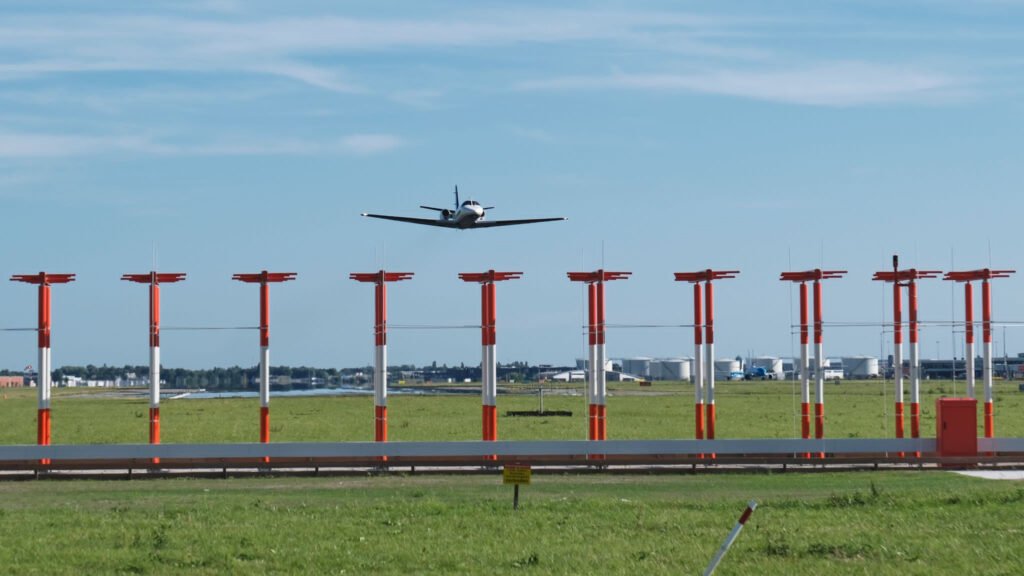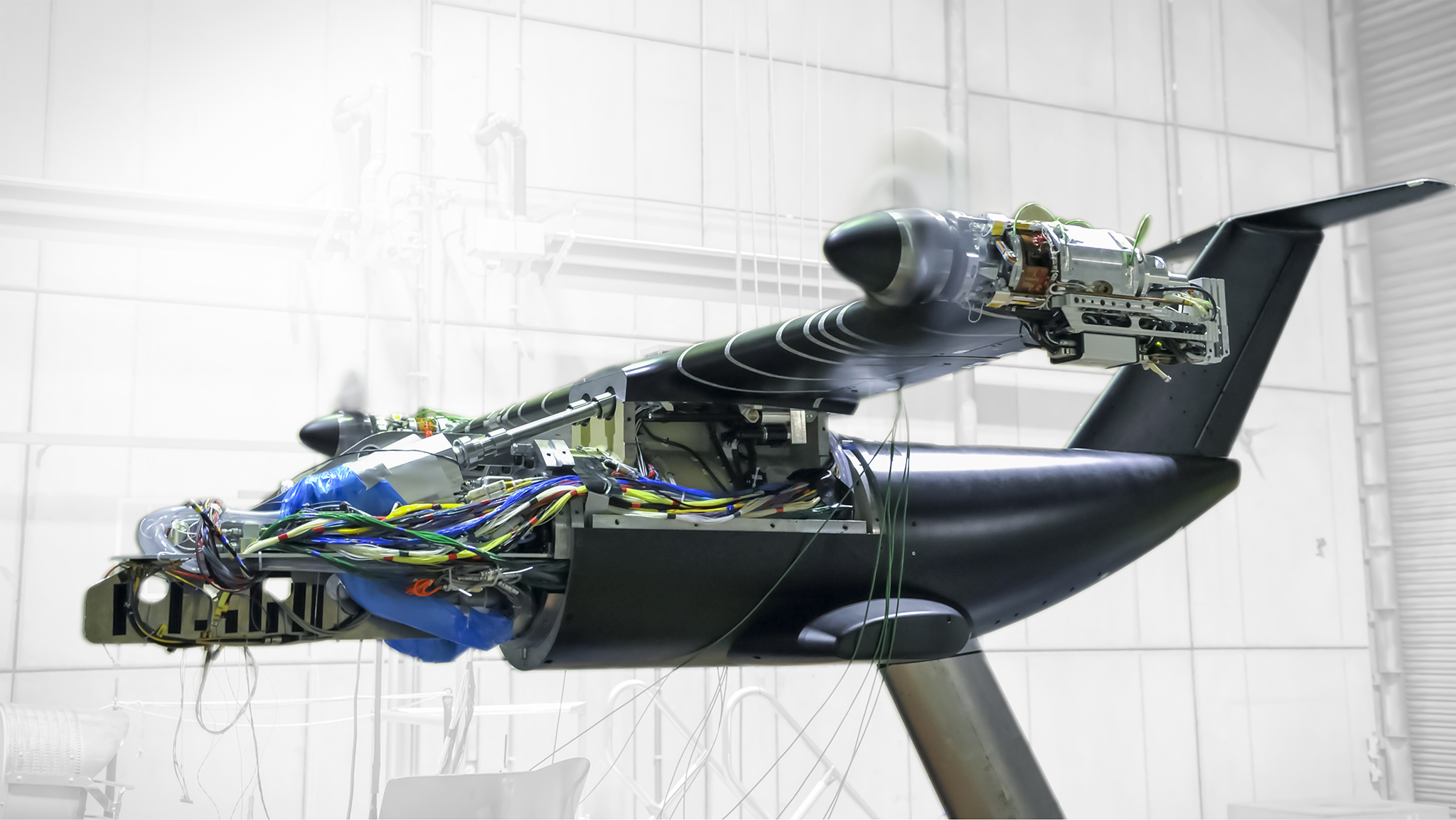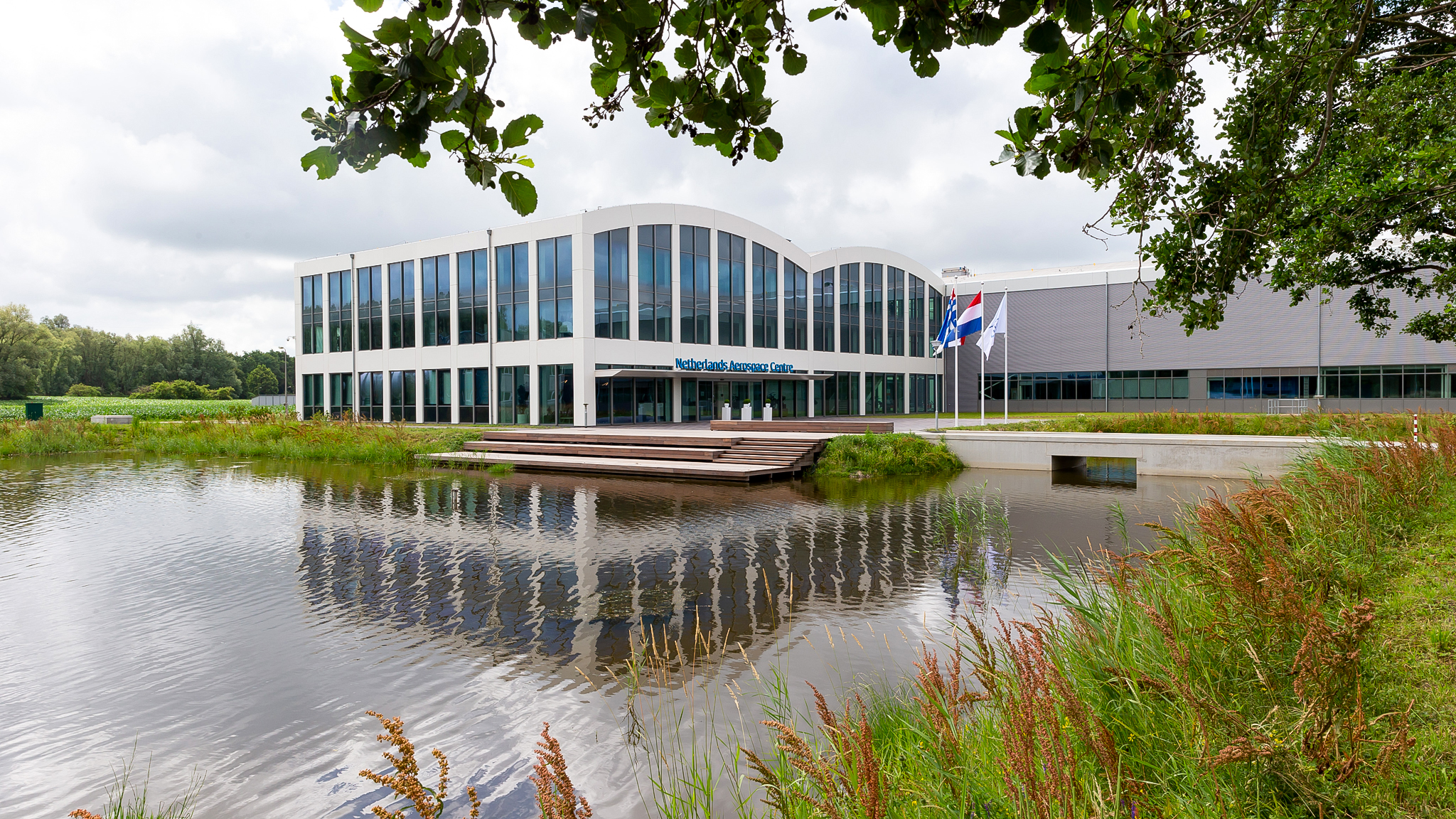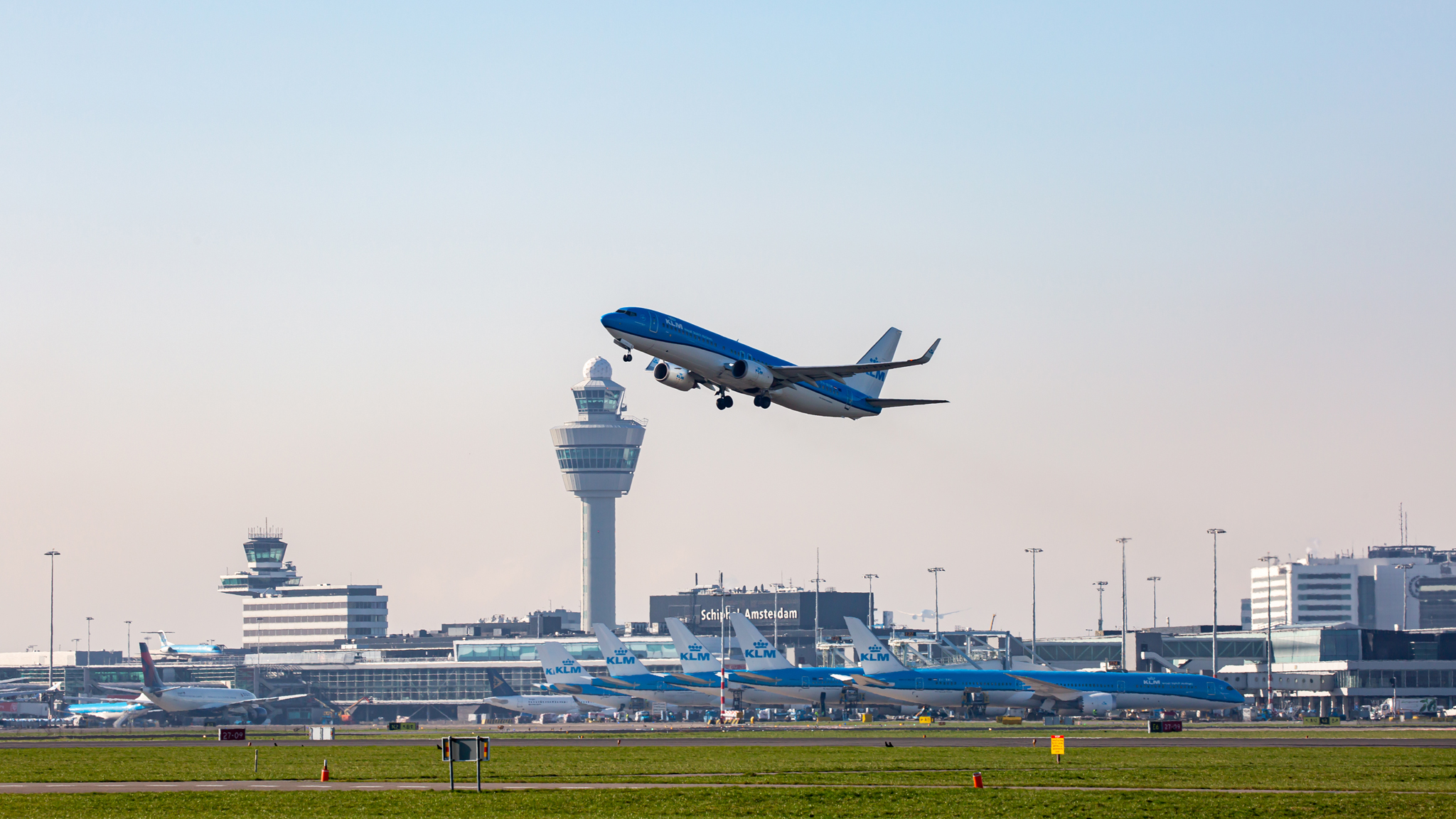
Area of expertise
Air traffic management and Airport operations
The way we deal with flying and aircraft is going to change, and with it the layout and use of our airspace and airports. Because the Netherlands is a small country and users have many different needs, this involves major challenges. The aim is to achieve a future-proof, more planned air traffic system. This should lead to predictable, stable, more environmentally friendly and more efficient air traffic flows. In this process, we are looking for a new balance between civilian and military operations. Space is also needed for new users such as drones and – in the future – Innovative Air Mobility (IAM) and electric aircraft.
The urgency to radically renew airspace is not only relevant in the Netherlands. After all, many of the challenges that exist in the Netherlands also apply to the entire European airspace. In addition, many developments in the ATM and airport domain are addressed across Europe. Part of the knowledge building therefore takes place in a European context.
Outline of the research
Air traffic management and airports
We analyse and improve the methods, procedures and tools that air traffic controllers use every day. We also study the effects of new technologies, changing regulations and traffic volumes on both air traffic controllers and airports.
An important part of our expertise lies in the field of designing and analysing flight procedures. We focus on minimising noise pollution, reducing emissions and/or improving operational efficiency. Based on in-depth analyses, we design more efficient flight routes, striking a balance between environmental impact, operational performance and safety.
Unmanned operations
We formulate technical and operational requirements that are necessary to allow drones to operate safely and efficiently. An important point of attention is the interaction between drones and manned aviation. We also advise policymakers on regulations and guidelines that enable the growth of drone use without compromising the safety and efficiency of airspace.
Some projects
Participation in ICAO ATMRPP
The FF-ICE/R1 (Flight and Flow Information for a Collaborative Environment) concept has been completed with the goal of increasing efficiency in commercial aviation through improved automation and information exchange. NLR has submitted a review by Dutch stakeholders of the FF-ICE/R1 concept to ATMRPP. The Dutch Ministry of Infrastructure and Water Management has requested NLR to participate in ATMRPP on behalf of the Netherlands to develop new Air Traffic Management concepts and standards that will be required to ensure safe and efficient air travel in the future.
ATMRPP stands for ‘Air Traffic Management Requirements and Performance Panel’, a panel that focuses on developing requirements and performance standards for Air Traffic Management.
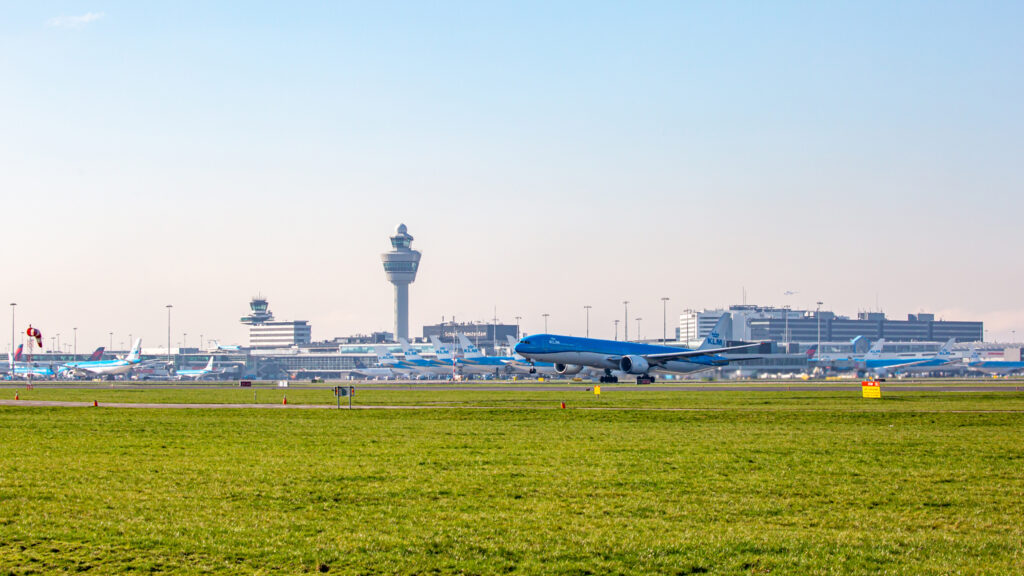
E-AMAN arrival streaming
This document aims to provide a concise overview of the key elements related to operational concepts for extended cross-border arrival management at Schiphol Airport. These elements are summarized and discussed to provide a comprehensive understanding. The elements covered include the geographical scope of this management system, multiple AMAN horizons used to plan efficient routes, allocation and assignment of delays, AMAN advisories that assist pilots in navigating to Schiphol Airport, technical tools, communication and data sources, displays of relevant information, data quality and uncertainty.
AMAN stands for ‘Arrival Manager’, a system designed to optimise the arrival of aircraft at an airport and improve air traffic flow.
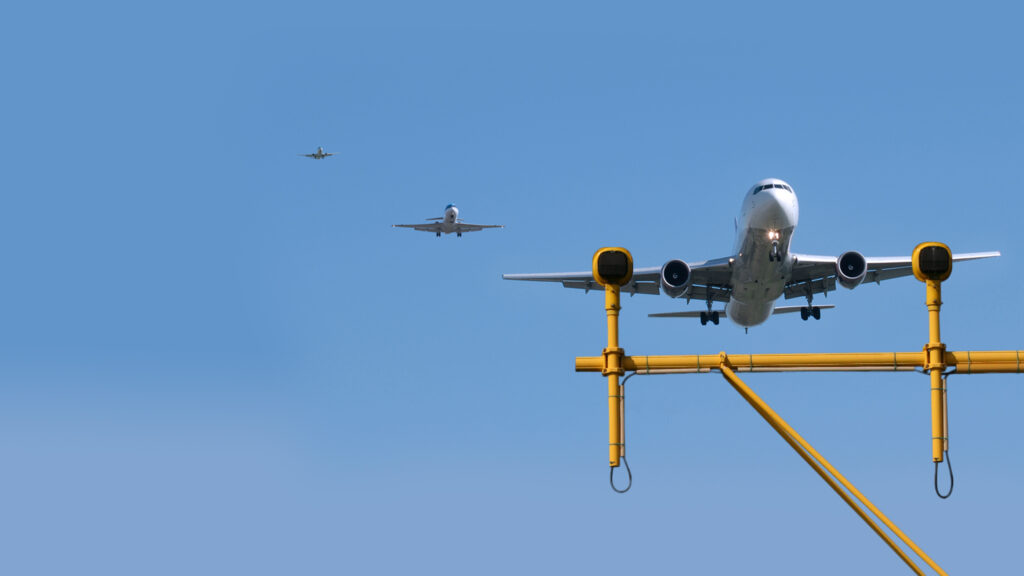
Drone Flight Inspection
Drone Flight Inspection (DFI) is a new activity that uses drones for flight inspection purposes and can be seen as an extension of the flight inspection service provided by NLR using its research aircraft, the Citation. Progress included measurements taken at a well-known ILS system at Deelen Airport using drones. Test flights have also been conducted at the NLR Drone Centre in Marknesse to develop practical ILS measurement procedures for DFI system development. Furthermore, efforts have been made to enhance the functionality of the Drone Flight Inspection Software to make it operational.
